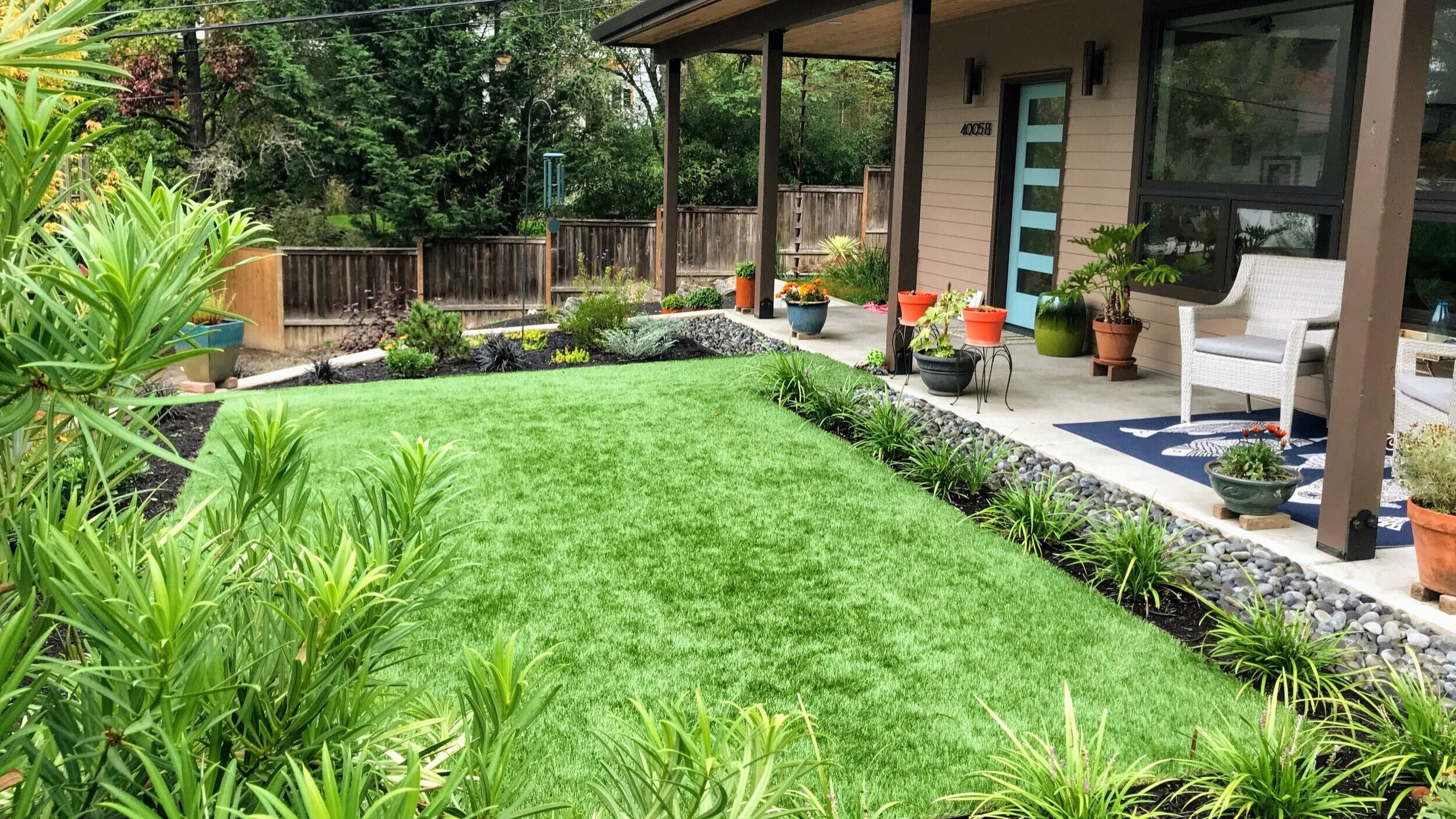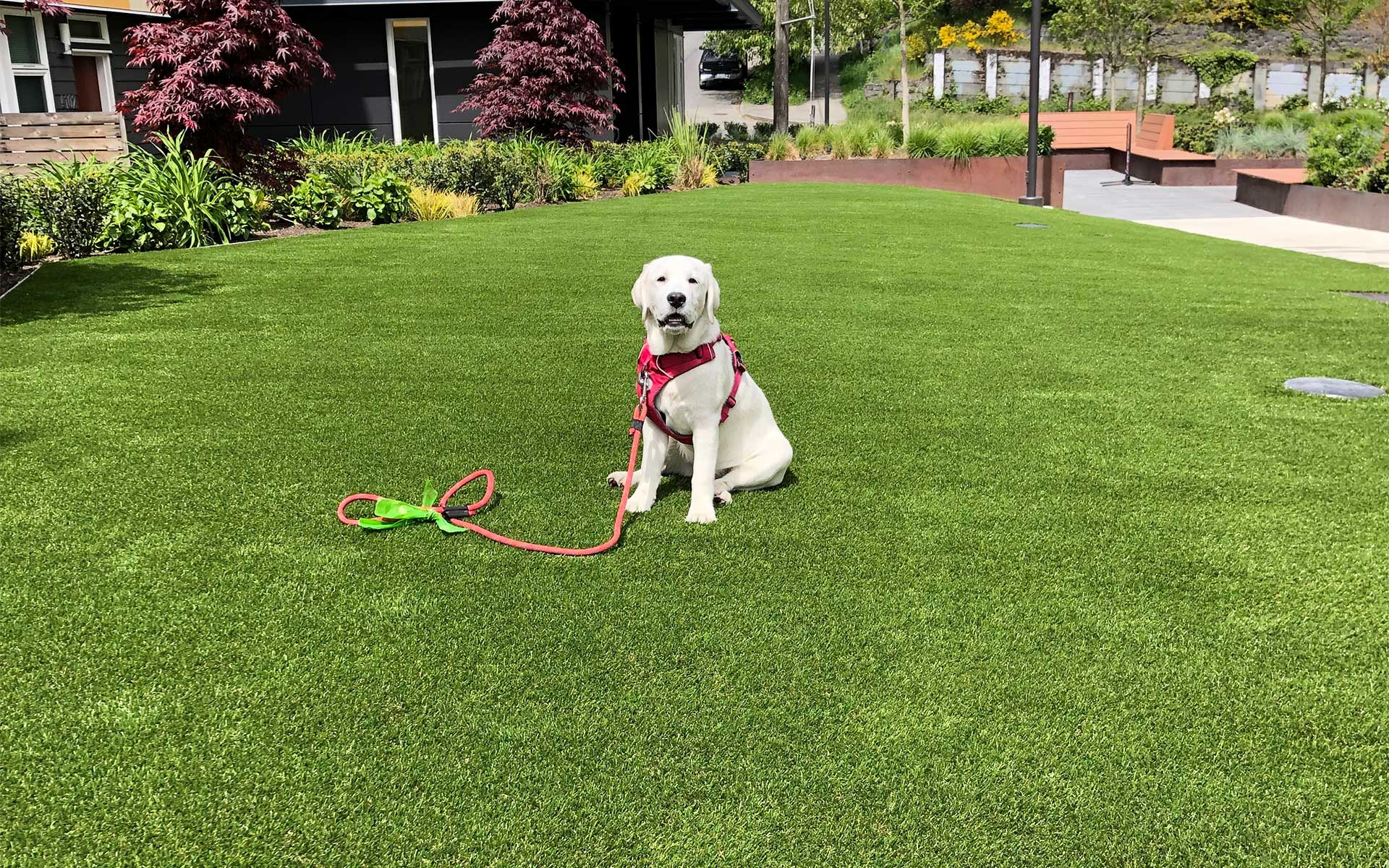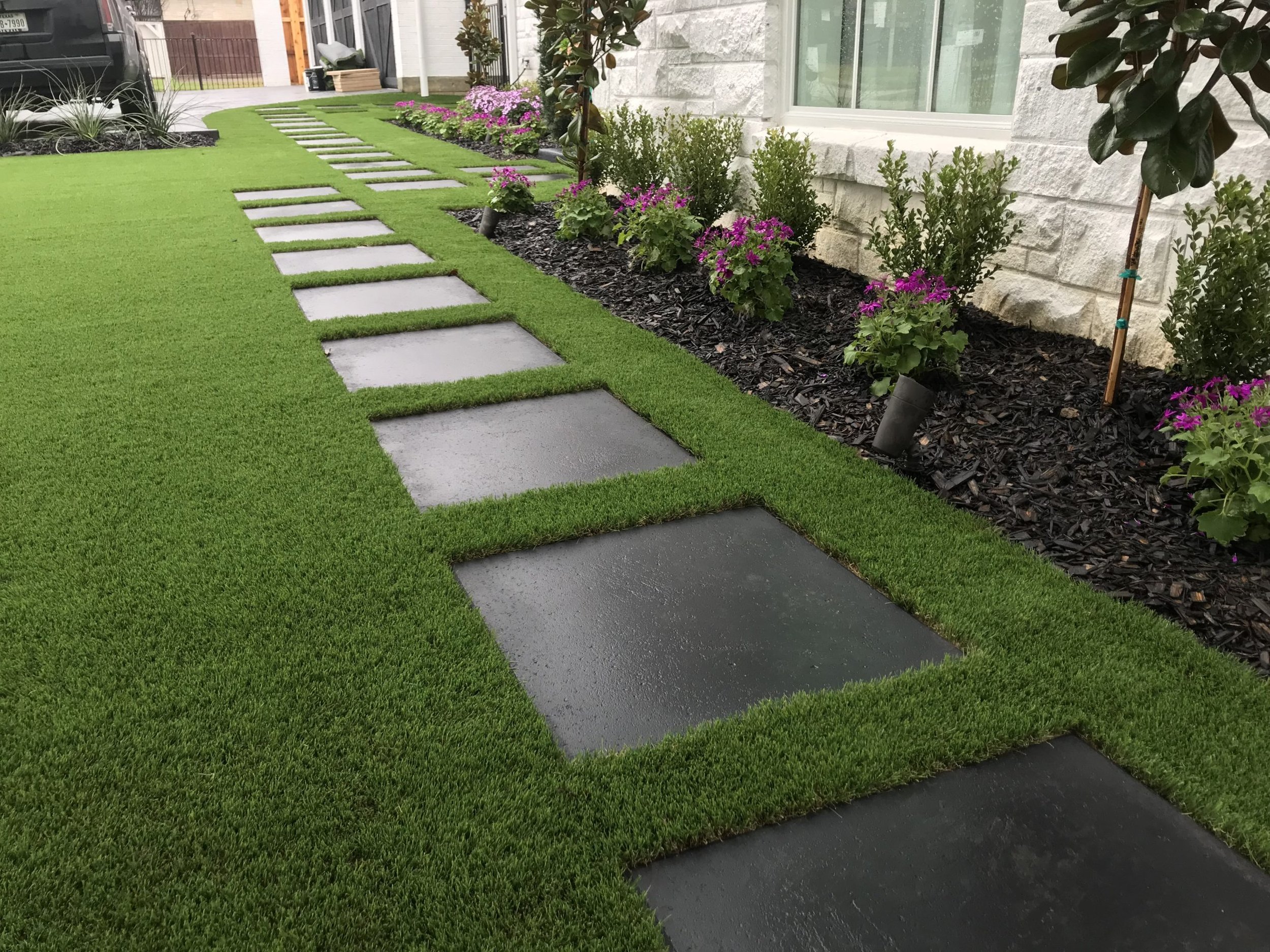Weather-Resistant Arizona Artificial Turf for Residential and Commercial Applications
Weather-Resistant Arizona Artificial Turf for Residential and Commercial Applications
Blog Article
See Why Homeowners Prefer Synthetic Grass for Lasting Landscaping Practices
As homeowners significantly prioritize sustainability in landscape design, synthetic turf has emerged as an engaging alternative to conventional lawn. What continues to be to be checked out is the complete range of advantages that synthetic grass can supply to property owners and the setting alike.
Water Conservation Benefits
Among the most substantial advantages of artificial turf is its duty in water conservation. Traditional lawn lawns call for substantial amounts of water to preserve their lush appearance, often resulting in overuse of neighborhood water sources, specifically in arid regions. In contrast, artificial grass removes this need totally, as it does not call for watering. This not just conserves water but likewise decreases the strain on community water systems, especially during drought conditions.
Moreover, the setup of synthetic turf can contribute to a more sustainable landscape. House owners can substantially reduce their water expenses, enabling for reallocation of resources to other environmental initiatives or household uses. Additionally, synthetic grass is created to stand up to different climatic problems without the demand for additional watering, making it an ideal selection for areas dealing with water scarcity.
The ecological benefits prolong beyond immediate water cost savings. By lowering water usage, synthetic grass aids to reduce the impacts of environment modification, preserving essential ecological communities that are endangered by excessive water removal. As sustainable landscaping methods acquire grip, synthetic grass becomes a responsible selection for house owners seeking to develop green outdoor rooms.
Decreased Upkeep Efforts
Synthetic grass dramatically decreases upkeep efforts contrasted to conventional yard lawns. With man-made lawn, property owners can remove the time-consuming tasks connected with natural landscaping, such as mowing, feeding, and weeding. This not just saves valuable time yet also decreases physical labor, making grass treatment available for people of all ages.
One of one of the most notable advantages is the lack of normal mowing. Traditional lawns need constant cutting to maintain a cosmetically pleasing elevation, whereas man-made lawn stays continually rich without the requirement for reducing. Additionally, home owners no more require to use chemicals or fertilizers, which are frequently needed to keep natural yard healthy. This shift not only lightens the workload but likewise promotes a neater, a lot more consistent look year-round.
In addition, synthetic turf is resilient and sturdy, needing minimal maintenance past occasional brushing and washing to eliminate debris. This ease of maintenance allows homeowners to appreciate their outside spaces without the constant fear of upkeep, providing more time for leisure and household tasks. Inevitably, the decreased maintenance initiatives connected with synthetic grass make it an enticing option for those looking for a low-maintenance, visually appealing landscape.

Ecological Effect Reduction
There is an expanding acknowledgment of the ecological benefits connected with synthetic lawn, specifically in terms of water conservation and minimized chemical use. Conventional grass require significant quantities of water, particularly in drought-prone regions, bring about increased stress on regional water resources. On the other hand, fabricated turf gets rid of the need for irrigation, significantly lowering water usage and promoting sustainability.
In addition, standard lawn upkeep frequently involves the application of plant foods, herbicides, and chemicals, which can add to dirt and water pollution. Fabricated turf mitigates this environmental hazard by needing very little maintenance and virtually eliminating the need for harmful chemicals. This not only enhances dirt health and wellness but also shields neighborhood environments from hazardous overflow.
Additionally, the production of all-natural grass yards commonly includes the use of nonrenewable fuel sources for trimming and landscape design equipment, more adding to greenhouse gas emissions. By choosing synthetic grass, homeowners can significantly decrease their carbon footprint connected with lawn treatment tasks.
Visual Charm and Adaptability
Along with its environmental advantages, fabricated grass provides considerable aesthetic charm and flexibility for landscaping. House owners can achieve a rich, eco-friendly appearance year-round, getting rid of the seasonal variations commonly connected with natural turf. This consistent aesthetic not just boosts the visual appeal of a residential property however likewise contributes to a properly maintained and sleek look.
Additionally, artificial lawn is offered in a selection of colors, designs, and appearances, permitting modification to fit specific preferences and design themes - Arizona artificial turf. Whether used in property gardens, commercial spaces, or entertainment areas, it can effortlessly integrate into diverse landscape design layouts, from modern minimalist to lavish tropical setups
The flexibility of synthetic turf extends past plain look; it can be mounted in numerous places, including rooftops, patios, directory and even indoor areas, creating opportunities for one-of-a-kind landscape design services. In addition, it appropriates for a series of activities, from kids's play areas to pet-friendly atmospheres, providing performance without endangering design.
Eventually, the aesthetic allure and convenience of man-made turf make it an appealing option for homeowners seeking lasting landscape design remedies that do not sacrifice charm for environmental duty.

Long-Term Cost Cost Savings
One of the most compelling advantages of fabricated lawn is its potential for lasting expense financial savings. Unlike all-natural yard, which needs regular upkeep-- including mowing, watering, feeding, and parasite control-- man-made turf substantially decreases these recurring costs. Home owners can conserve a significant amount on water expenses, specifically in regions where water shortage is a pushing issue. The elimination of lawn treatment services additionally adds to economic cost savings, as there is no demand for specialized devices or labor.
In addition, synthetic grass has a life expectancy of 15 to 25 years, depending upon its high quality and usage. This resilience minimizes replacement expenses, making it a much more cost-effective option this link in the long run. Moreover, the first financial investment in artificial grass can commonly be recouped through the financial savings built up in time.
While the in advance cost might appear higher contrasted to turf installment, the advancing savings from decreased upkeep and water usage typically outweigh these initial expenses. Ultimately, the fostering of synthetic grass not only promotes a sustainable landscaping option yet additionally offers homeowners a monetarily savvy alternative that lines up with long-lasting budgeting goals.
Final Thought
Synthetic turf arises as an engaging choice for sustainable landscape design, supplying substantial advantages in water conservation, reduced upkeep efforts, and diminished ecological influence. As neighborhoods increasingly focus on eco friendly practices, the fostering of man-made turf represents a dynamic action toward attaining sustainable and resilient landscapes.
Additionally, fabricated grass is designed to withstand numerous weather conditions without the demand for extra watering, making it an optimal choice for areas facing water deficiency. (Phoenix turf companies)

Synthetic turf arises as an engaging choice for sustainable landscaping, supplying considerable advantages in water conservation, lowered upkeep efforts, and decreased ecological influence.
Report this page